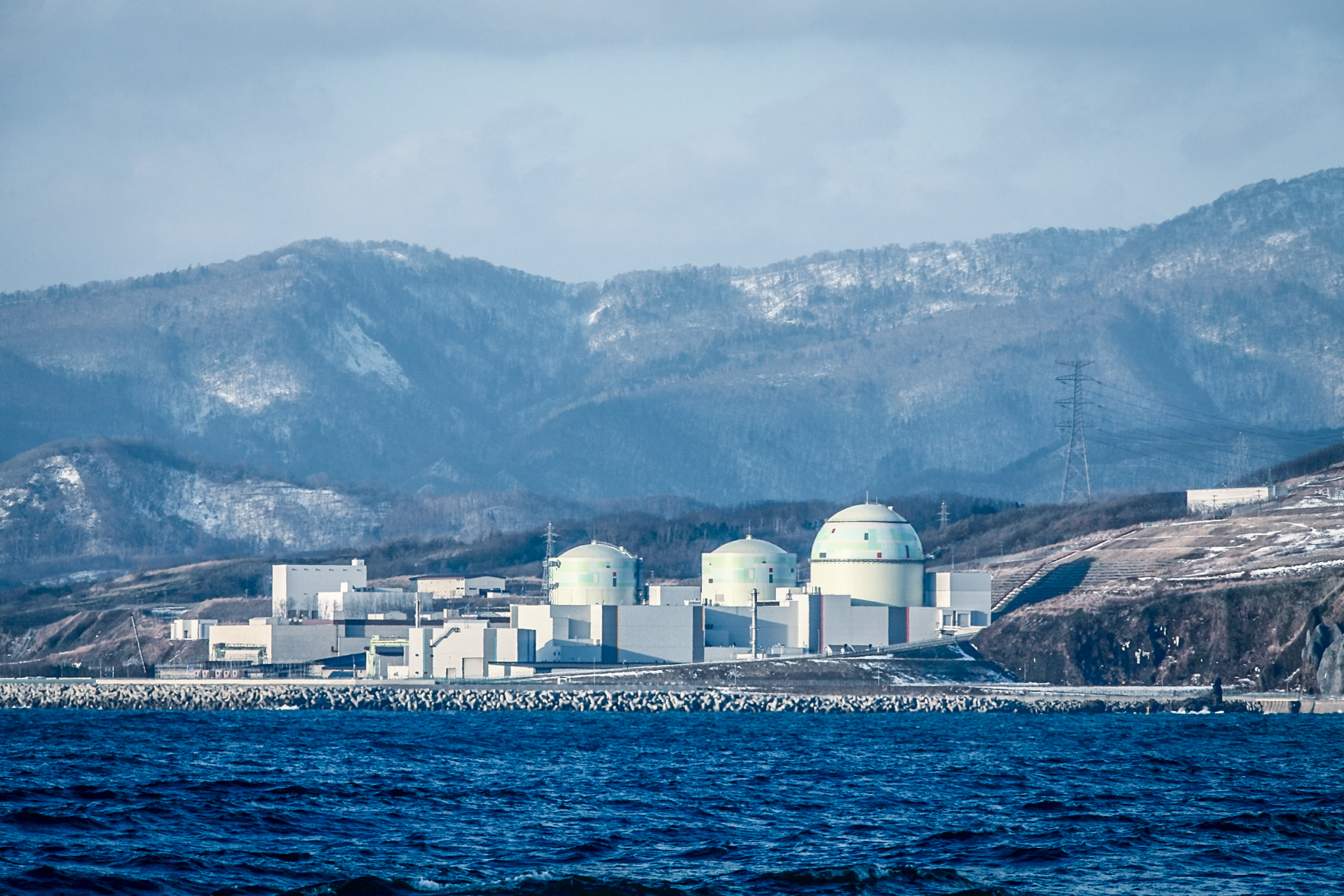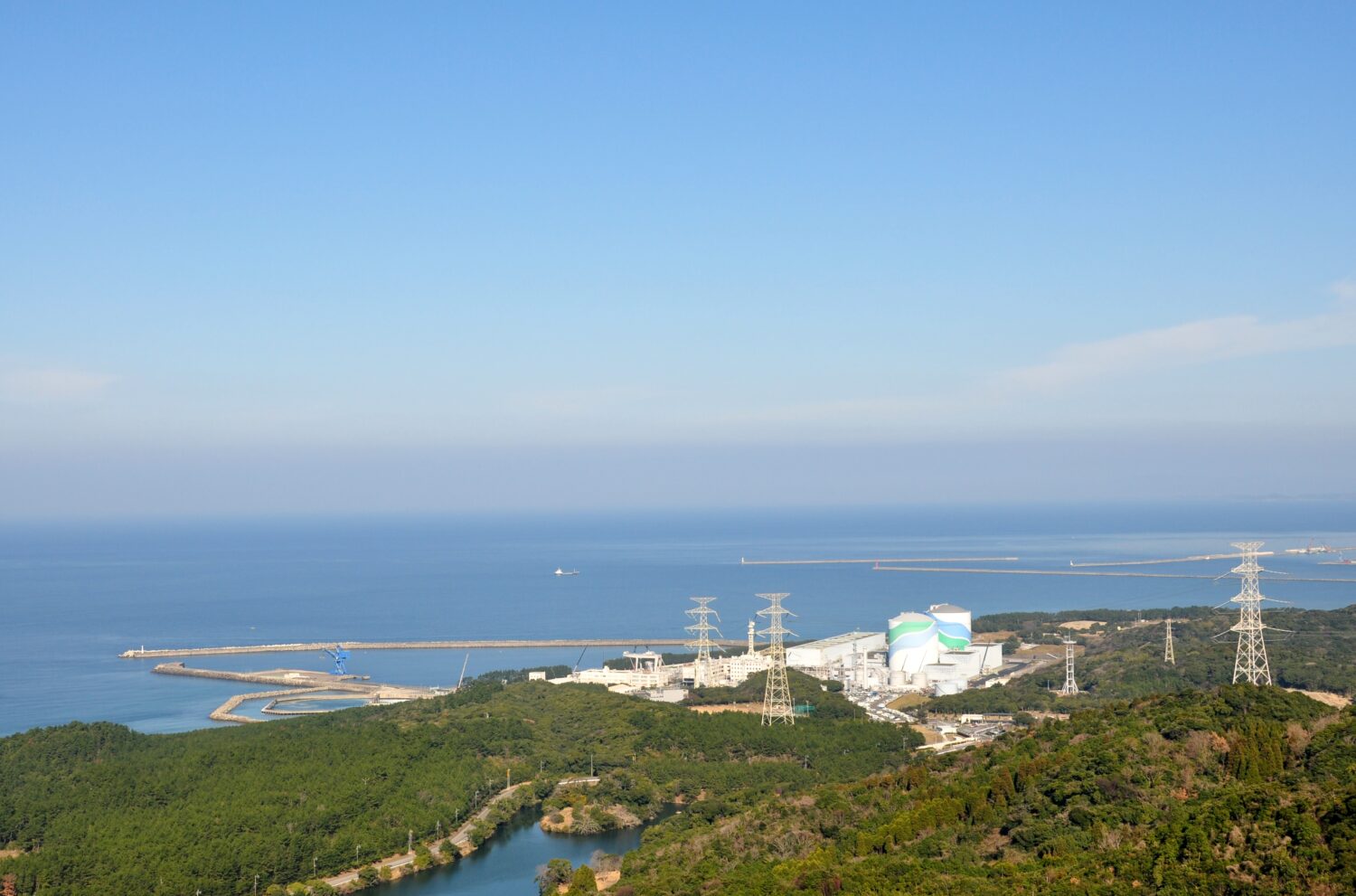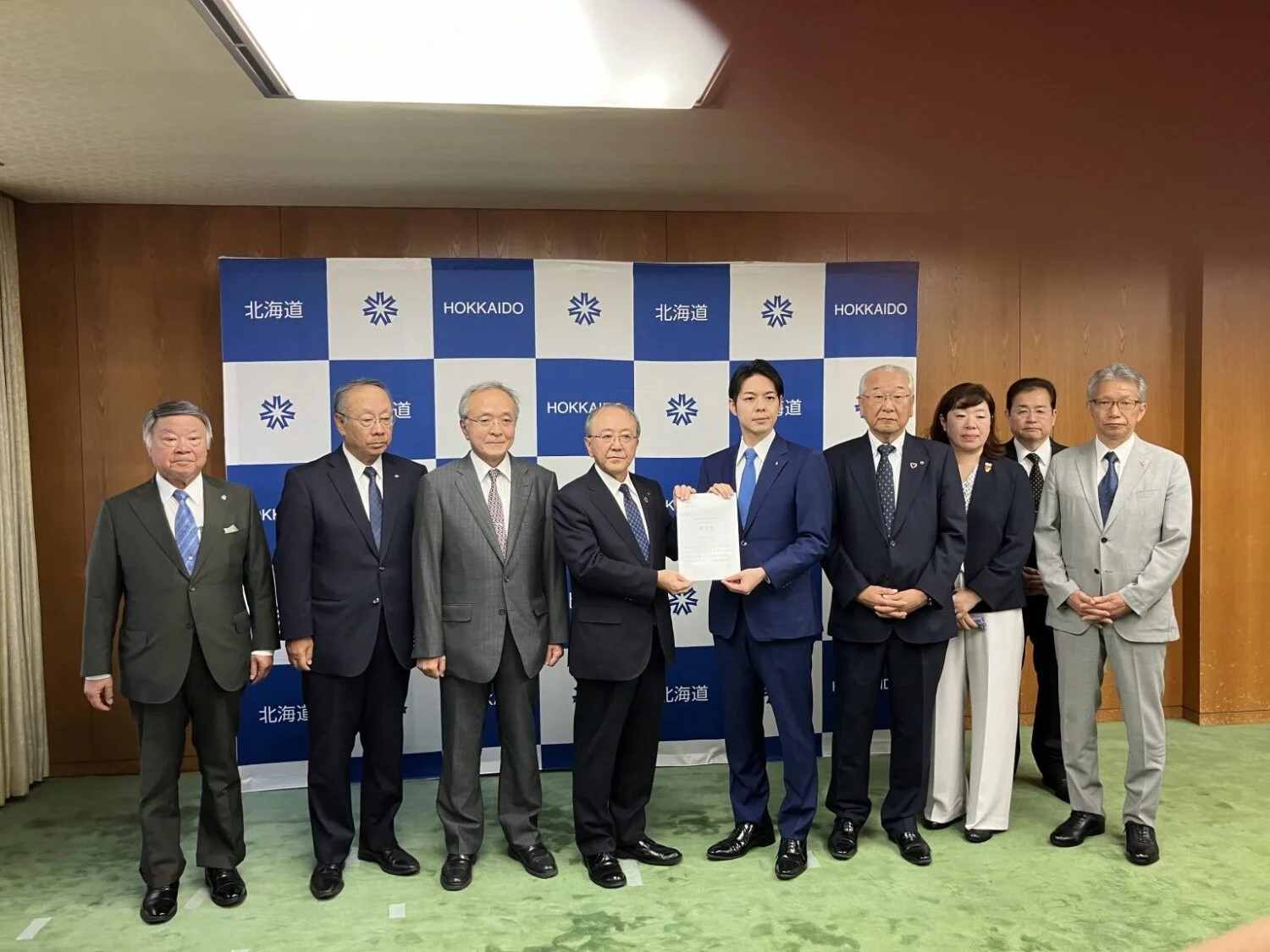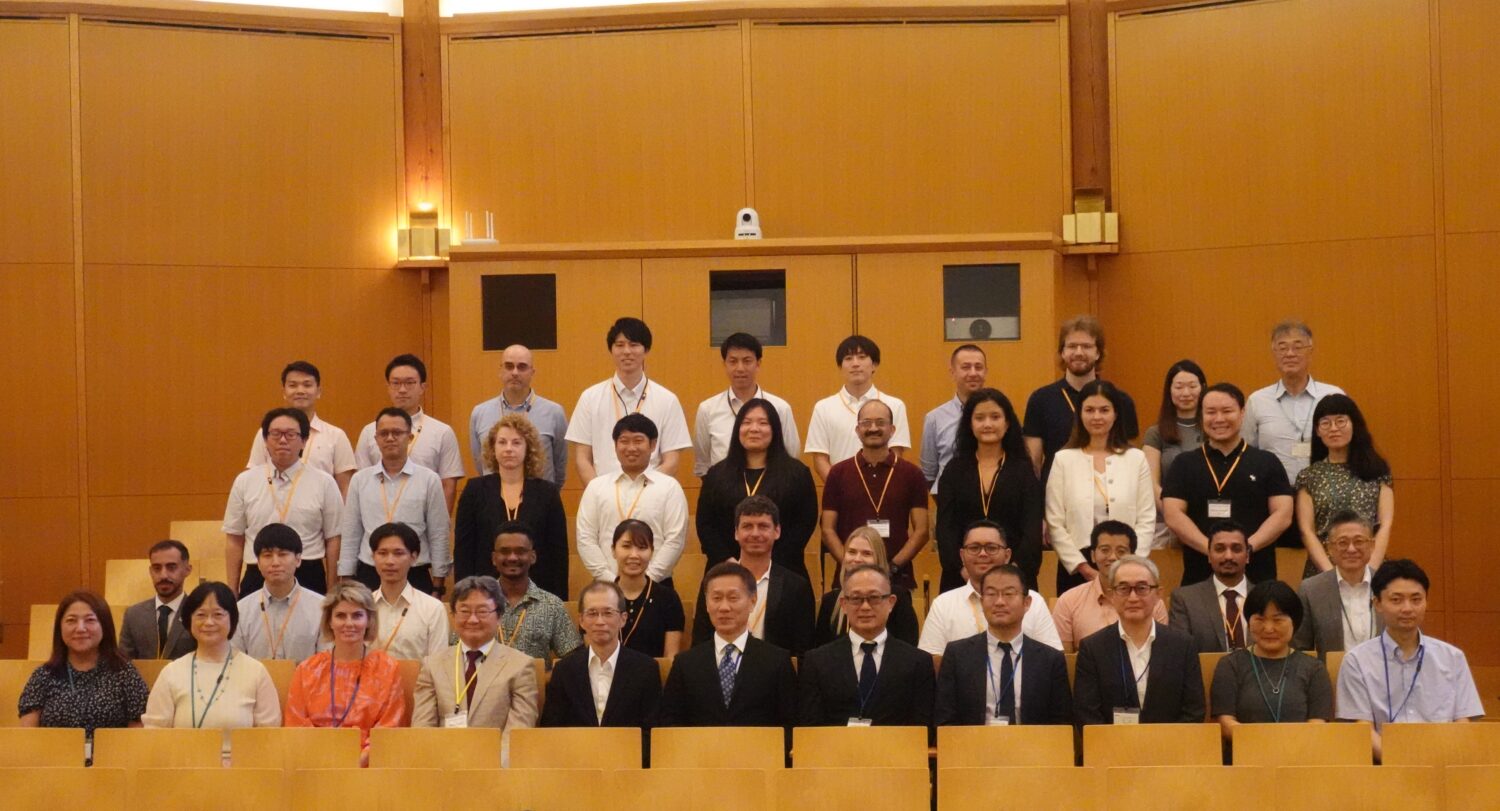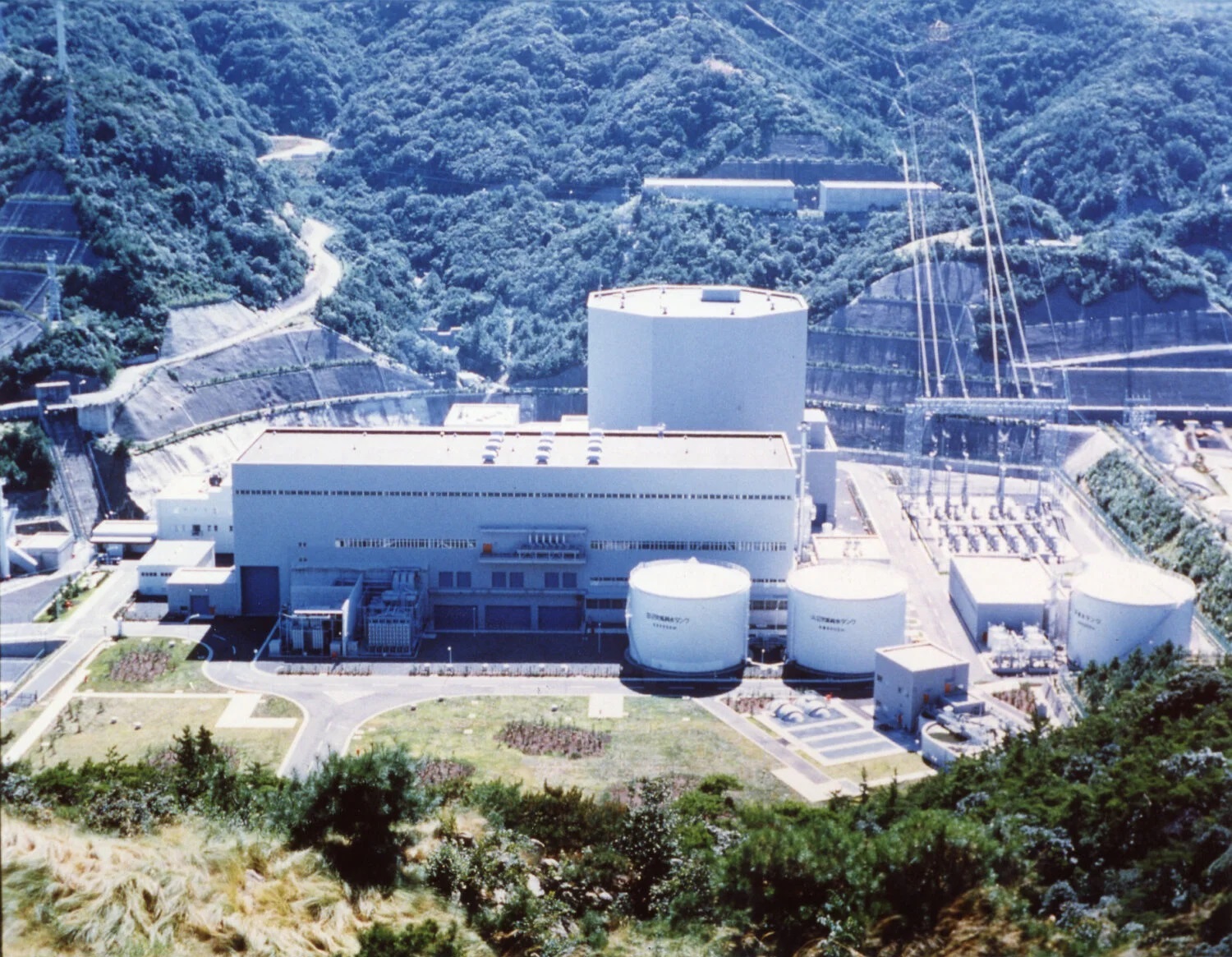As for its reason, the court said that it found “no irrationalities” in the country’s new regulatory standards, in the context of the latest scientific findings.
In contrast, one week earlier, on April 14, the Fukui District Court issued an injunction blocking the restart of the Takahama-3 and -4, owned and operated by the Kansai Electric Power Co., following a similar request for an injunction. The Japanese courts are thus split on the issue.
Kyushu Electric Power plans to restart Sendai-1 this summer, an intention suddenly much more likely to be realized now that the district court has refused to block the restart.
The two reactors were designated by the Nuclear Regulation Authority (NRA) as priority NPPs. Last year, in September, their basic design was approved for the first time under the new regulatory standards, representing a significant early step toward their restart.
By November 2014, the governor of Kagoshima Prefecture, the mayor of Satsumasendai City and local assemblies had agreed to the units’ restart. They have now cleared another major hurdle with the court decision.
Of the two units, Sendai-1 has been undergoing a pre-service inspection by the NRA. Kyushu Electric Power is aiming to restart it in July. If all goes well, that is likely to be realized.
There were three points at issue before the court, as follows:
- Sufficiency of measures against earthquakes.
- Existence of danger from a volcano.
- Effectiveness of the evacuation plan.
The anti-nuclear group argued that tremors from an earthquake (standard ground motion) used in the seismic design of the reactors were based on average values of earthquakes in the past, underestimating the possibility of larger earthquakes. They also claimed that “a pyroclastic flow could reach the NPP premises from calderas that have erupted previously.”
Kyushu Electric Power countered those arguments by saying that “a safety margin is secured even if earthquakes go beyond the standard ground motion, meaning that there would be no direct impact.” It also said that there was only “an extremely small chance that an eruption might threaten safety during operation.”
The request for the injunction (provisional judgment) against the Sendai reactors was filed in May 2014 by several members of the plaintiff group in the main lawsuit against their operation, as they feared the suit would take too long. It then took a year for the court to reach its decision on the injunction.
In contrast, in the Takahama case at the Fukui District Court, led by Chief Judge Hideaki Higuchi, a temporary injunction was issued on April 14, just four months after the plaintiffs made their request. The abnormality of the Takahama case has thus been further illustrated.
See also the detailed article titled “Kansai EP Appeals Court Decision Prohibiting Restarts of Takahama NPPs” on April 22.
Is NRA’s Position Being Questioned?
NRA Chairman Shunichi Tanaka has often commented that “just because [a reactor] has passed NRA screening doesn’t mean that it’s 100% safe,” adding that “for that reason, I want [nuclear plant] operators to continue striving to improve safety further on their own even after they pass safety inspections.” In the sense that nothing is 100% safe, his statement is correct.
However, the NRA has assumed responsibility as the administrative arm of the government ensuring that reactor safety is accepted by society. Shouldn’t it be the case that those reactors passing NRA’s screening must be accepted by society, and that NRA needs to clearly state that it bears responsibility for them?
NRA is obfuscating its responsibility by saying that even those reactors passing its screening are “not 100% safe,” and going on to call for nuclear operators to redouble their efforts ensuring safety. Perhaps it is just obscuring where the responsibility really lies.


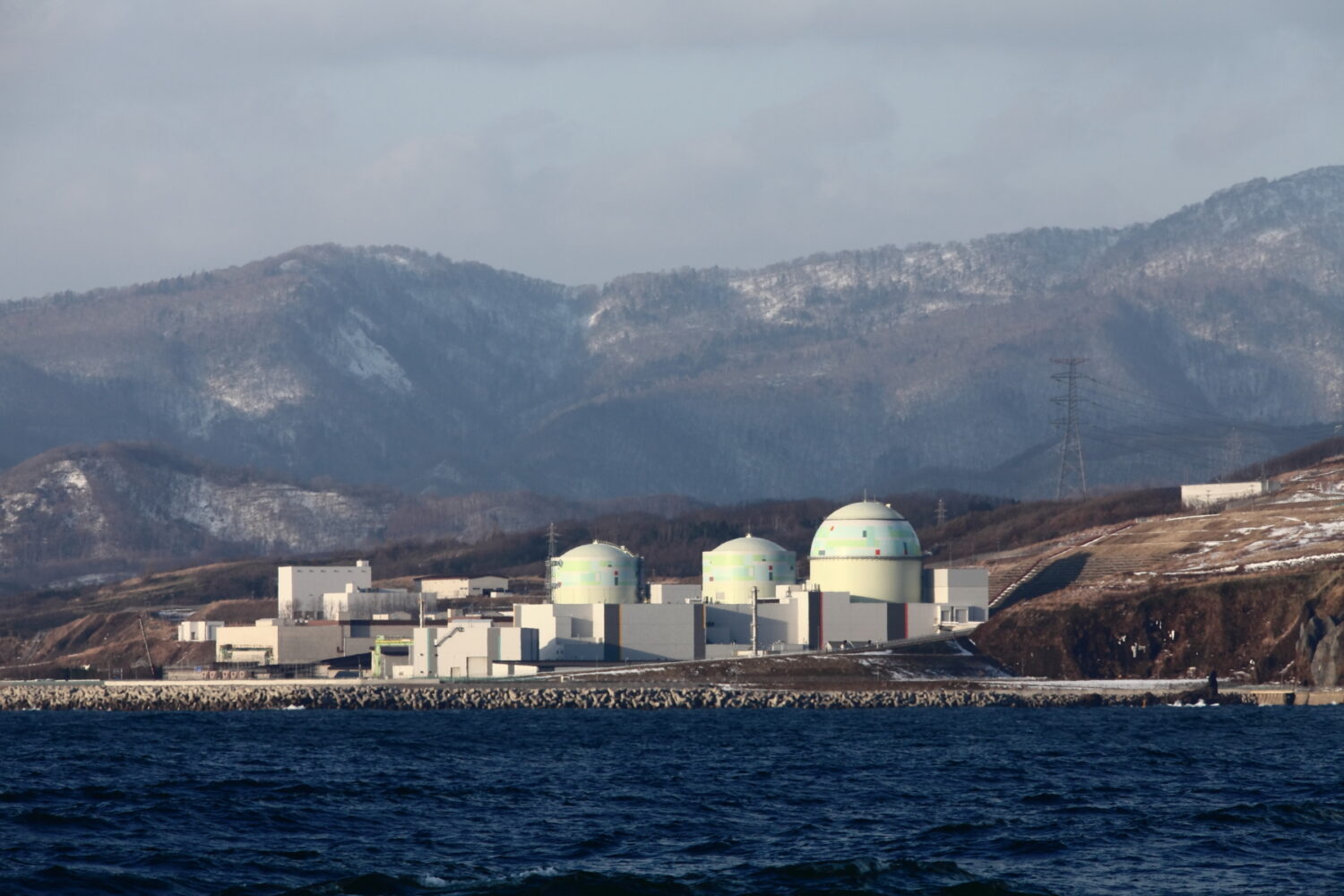
-049.jpg)
.jpg)

